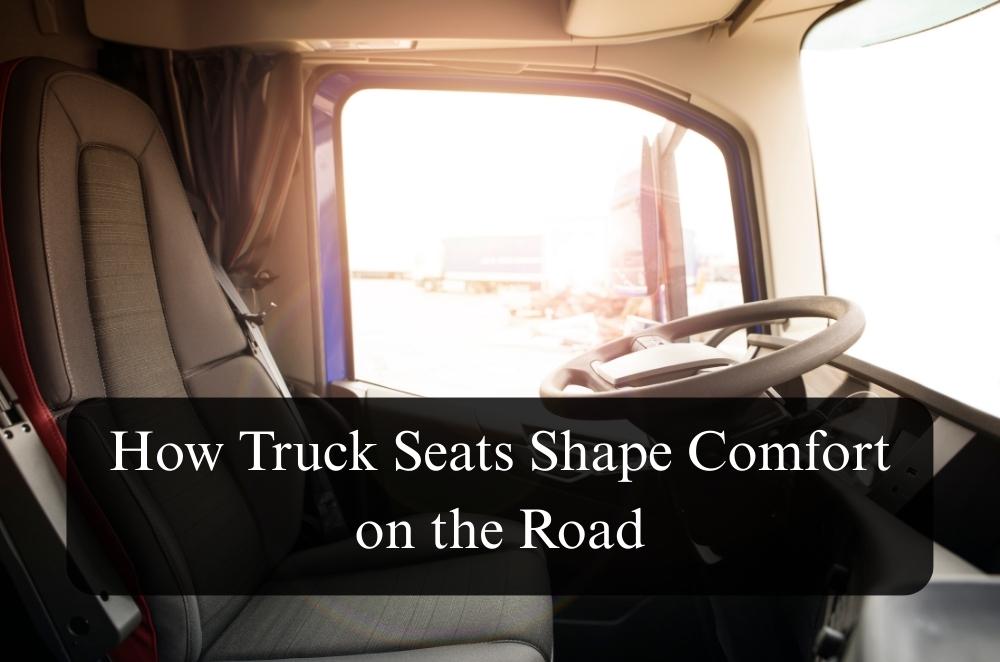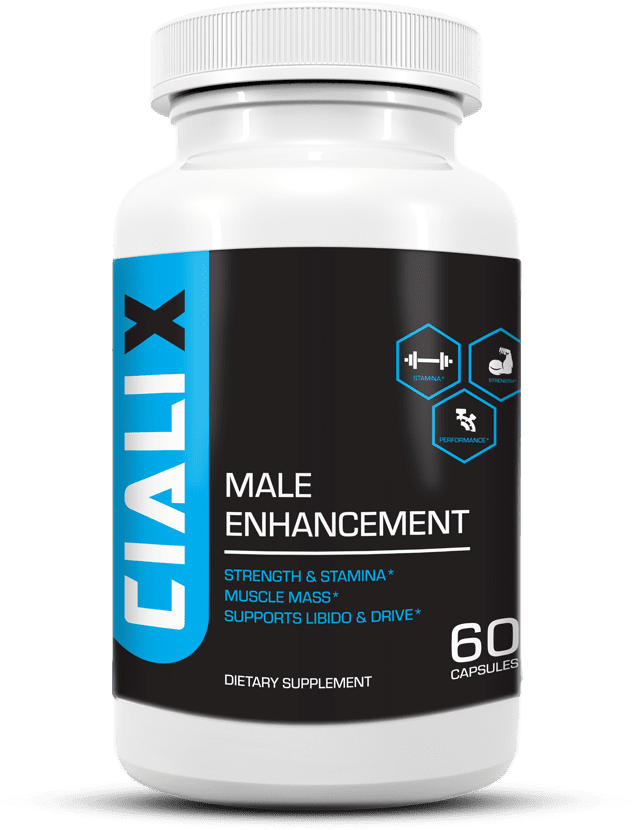How Truck Seats Shape Comfort on the Road

Long days behind the wheel can be smooth or punishing, and the seat does more of the deciding than people think. Vibration builds slowly, posture drifts, and tiny adjustments either protect the lower back or push it over the line. The biggest improvements come from support and isolation: a base that keeps you level and a suspension that takes the sting out of rough bitumen or gravel. Looking at truck air suspension seats helps anchor the conversation around pressure mapping, damping ranges, and the kind of armrest and lumbar controls that matter over a 10-hour shift.
What a seat has to do, all day
A good truck seat is doing quiet work: holding posture, absorbing shock, and giving you small, precise adjustments you’ll use without thinking. Get these right and concentration lasts longer; get them wrong and fatigue creeps in early.
-
Base stability: Keep hips level so the spine stacks without effort.
-
Damping range: Tune bounce so corrugations are softened, not amplified.
-
Shaped support: Put pressure into the muscle, not into joints and discs.
-
Micro-adjustments: Let height, tilt and lumbar change in small, repeatable steps.
On a recent route review, I asked a driver to note when he reached for the tilt lever. His pattern matched the rough sections on the run sheet. Two clicks forward before the climb, one back on the smoother highway—that tiny habit kept his posture neutral instead of slumped.
Fit, posture and the spine’s reality
Comfort isn’t style; it’s anatomy plus repeatable settings. Seats that respect the lumbar curve and allow knee and hip angles to stay friendly reduce strain on long days.
-
Seat height: Set so thighs are supported without pressing behind the knees.
-
Back angle: Keep it open enough for breathing, but not so reclined that you chase the wheel.
-
Lumbar profile: Match the natural curve so the lower back doesn’t collapse.
-
Pedal reach: Avoid toe-pointing; bring the seat forward rather than over-reaching.
Design rules and standards frame the baseline for cabs and restraint systems, which helps when you’re choosing equipment that must work within regulated envelopes. References to Australian vehicle design rules clarify how seating, anchorages and occupant protection interact in the bigger compliance picture. Knowing those boundaries keeps upgrades practical and safe.
Tuning suspension seats for real roads
Air or mechanical suspension does more than feel “soft.” The goal is controlled movement—enough give to remove sting, not so much that you’re sea-sick. Most systems offer useful ranges; the trick is setting them for the load and the road.
-
Pressure set-point: Calibrate for body weight so the seat floats in the centre of travel.
-
Damping choices: Pick a stiffer feel for big hits, softer for chatter and minor ripples.
-
Tilt balance: Use front/rear tilt to stop sliding forward during downhill braking.
I learned to ask drivers where the discomfort starts. If they point to between the shoulder blades, it’s often a wheel-reach problem. If it’s the lower back, the fix is usually height and lumbar together—not one or the other.
Small upgrades that change long days
Some improvements are simple, quick and cheap; others need a workshop hour. In both cases, the payoff is attention and endurance.
-
Armrest alignment: Match height on both sides so the wheel grip stays even.
-
Lumbar fine-tune: Use incremental clicks rather than all-or-nothing inflation.
-
Seat base tilt: Drop the front a touch if hamstrings feel loaded by day’s end.
-
Cushion refresh: Replace tired foam to restore pressure distribution.
A courier who ran short metro loops complained about hip ache, not back pain. We found the cushion edge was pushing into his thighs. Ten minutes with tilt and height, plus a new cushion, and his notes changed from “ache by 2 pm” to “fine all day.”
Hygiene, care and when to replace
Seats collect dust, sweat and grit—then sliders bind and fabrics glaze. Care routines keep adjustments smooth and surfaces supportive.
-
Weekly wipe-downs: Use mild agents that won’t polish fabric slick.
-
Slider clean: Blow out rails and apply dry lubricant sparingly.
-
Check fasteners: Tighten bases and arms so play doesn’t creep in.
-
Foam and cover: Replace when you see flat spots or seams giving way.
If the frame creaks, the cushion bottoms out, or the slider sticks even when clean, it’s time to plan a change. In fleet settings, that’s when we earmark cabs for rotation and book workshop time ahead of peak runs.
When replacement makes sense (and how to choose)
There’s a point where tuning won’t overcome age or poor fit. Replace when the cost of discomfort (fatigue, slower reactions) outweighs the hour you’d spend swapping hardware.
-
Fit check: Confirm width, pedestal pattern and belt integration before ordering.
-
Adjustment range: Ensure height and lumbar match body size variance in the team.
-
Durability cues: Look for reinforced bolsters and robust hinge points.
-
Service access: Prefer designs with easy cover and cushion replacements.
If you keep an internal library of specs and settings for your vehicles, swaps become routine rather than disruptive—drivers step in, find familiar levers, and set up in seconds.
Budget, downtime and the real cost of comfort
A seat feels like a big-ticket item until you compare it with the cost of fatigue errors, rework after rough roads, or days lost to back strain. Think in outcomes, not only invoices.
-
Itemised quotes: Separate the seat, install kit and labour to see true costs.
-
Planned swaps: Align replacements with other scheduled work to limit downtime.
-
Driver input: Trial two options and let users score support over a full shift.
-
Aftercare notes: Record height, lumbar and tilt baselines for quicker set-up later.
I’ve seen productivity lift just by standardising seat set-up during inductions. New starters begin with sensible baselines rather than guessing while the truck idles at the depot gate.
Understanding comfort beyond the seat
Cabs are systems. If the wheel is too far forward, mirrors invite hunching or pedals demand toe-pointing, no seat can fix everything. Treat posture as an end-to-end path.
-
Wheel position: Bring the rim close enough to keep shoulders relaxed.
-
Mirror angle: Set so head turns are small and the neck stays neutral.
-
Cab temperature: Prevent muscle tension by holding a steady, moderate climate.
-
Stop rhythm: Use brief, regular breaks to reset posture and circulation.
These touches aren’t “nice to have.” They’re what keep attention sharp when traffic stacks up, or the weather turns.
Bringing it together on the road
Comfort is the sum of small, repeatable choices. Start with ergonomic truck seats that support the lumbar curve, tune suspension so it dampens rather than bounces, and keep adjustments within easy reach so you use them without thinking. Stay within the frameworks that govern vehicles, because compliance and safety sit together; the point of the rules is to reduce risk, not to slow work. Over weeks, the difference shows up in quiet shoulders at sunset, steadier focus in stop-start traffic, and fewer notes about sore backs on job sheets. When the seat is doing its job, you barely notice it—and that’s exactly the result you want on a long road.








